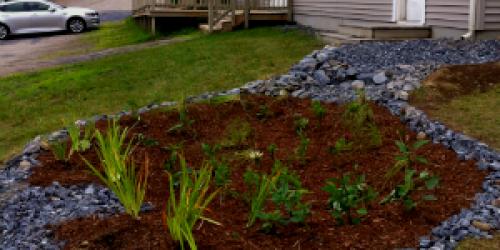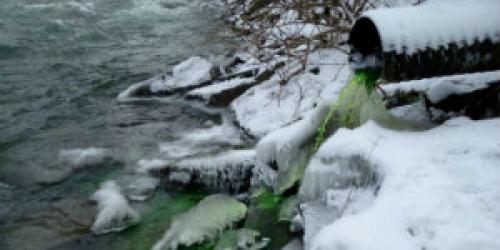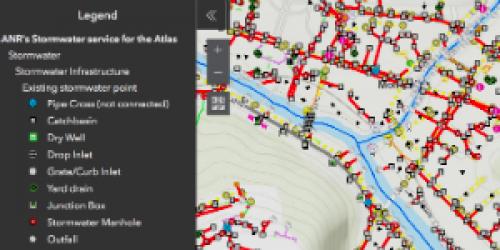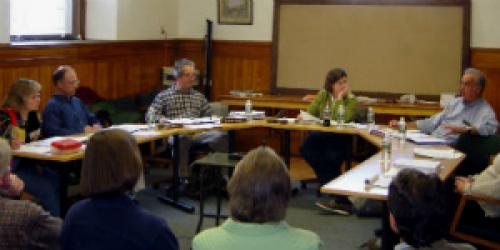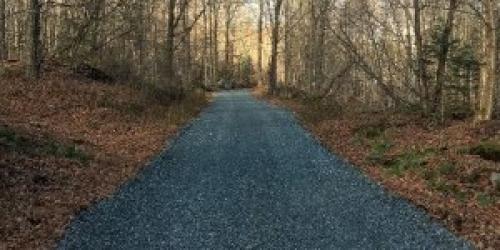Developed lands are hard or impervious surfaces such as parking lots, sidewalks, rooftops and roads. Runoff is generated when rain and snowmelt flows over land and hard surfaces instead of being absorbed into the ground. The runoff from developed lands delivers sediment and excess nutrients to our waterways. Developed lands are divided into two sub sectors: stormwater and roads.
Stormwater
Stormwater runoff is a major water quality issue facing urban areas today. Runoff from pervious surfaces can contain pollutants such as gasoline, oil, fertilizer, road salts and more that flow untreated into waterways and contribute to combined sewer overflows. Installing stormwater treatment practices such as permeable pavement, bioretention areas, and vegetated swales and buffers allow for stormwater to be infiltrated and contained at the site. This form of low impact development provides water quality benefits both at the site and on the watershed scale.
Roads
Roads can be a significant phosphorus source depending on how the roads are maintained and upgraded. In Vermont, the majority of roads are maintained by municipalities, requiring a collaborative effort between the State and towns to manage roads to improve water quality. During rainstorms and spring melt, Vermont’s roads effectively become part of the stream network, with many roadside ditches discharging directly into streams, lakes or wetlands. Eroded road materials (similar to all eroded soil), contains high levels of phosphorus, and thus is a significant source of phosphorus loading to impaired and stressed water bodies such as Lake Champlain and Lake Memphremagog.

